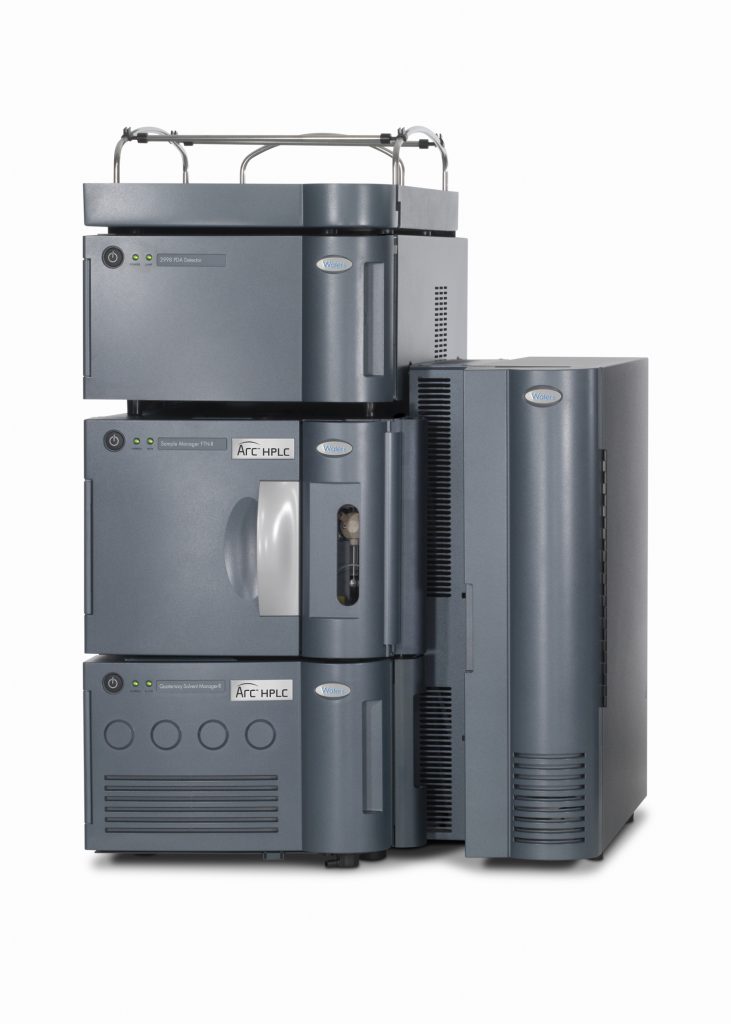
Here is the WASHING OF HPLC COLUMN, it is very important in the laboratory, if not done can correctly affect the health of your column. Cleaning your HPLC column may be simple, but it is very important for efficiency, lifetime, and productivity instruments. The ineffective HPLC column can affect your analysis, resulting in inaccurate results, which means more time spent on the same project.
The following SOP focuses only on how to clean your HPLC column through reverse flushing. It may be time to water your HPLC column when you see high back pressure, low efficiency, split peak, or the most common problem, the particulate buildup in the head of the column.
Now we move to Washing Of HPLC Column SOP
Objective:
This method is applicable for washing of HPLC column.
Scope:
This method lays down the general guideline for washing of HPLC column.
Responsibility:
QC Analyst/Assistant Manager QC
Procedure:
At the end of analysis, the HPLC column must be washed to prepare it for next analysis. The column washing is carried out in the following way.
- If the product is like Private (cream, ointment, lotion) in which the mobile phase comprises of only organic solvents and water then wash the column first with methanol 100% at the flow rate of 1ml/ minute for 20 minutes.
- Then wash the column with water for 15 minutes and after that acetonitrile for 10 minutes.
- If the mobile phase contains buffer solution along with organic solvents then first wash the column with distilled water up to 30 minutes then methanol for 20 minutes and at the end wash with acetonitrile for 10 minutes.
- In case of buffer solution used as diluent (Roxitec tablets and clear cream) wash the injector with distilled water in both load position and inject position by using the washing first.
- Maintain the column washing record in column log book for each type of column. The columns are coated with C01, C02, C03, C04, C05, C06, C07, C08, so write the column washing data in their respective pages.
Precautions:
- Always use the filtered and degassed mobile phase.
- If buffer solvent along with organic solvent is used as mobile phase then never wash the column with organic solvent first. In such case, first wash the column with distilled water and then with organic solvent.
- Always use the freshly prepared and filtered buffer. If you want to use the buffer solution for next day then must refilter it.
- Do not stay the buffer solution in the capillary tube and column because the crystallization may occur which can block the capillary tube or pump and column.
Note:
The above-described washing criteria is routine washing. But the intensive testing of impurities or excipients accumulate which causes in back pressure problem, wide peak, baseline disturbance or baseline pressure. When such a problem has been observed then wash the column in the following way.
- As most of the contaminants held at the head of the column, reverse the column direction can shorten the migration distance (that solubilized contaminants must traced to exit the column).
- Then washed the column by following solvents.It is used when mobile phase without buffer solution and if buffer salt used in mobile phase then flushed the column with distilled water and then follow the given washing pattern.
i. 100 % Methanol
ii. 100 % Acetonitrile
iii. 75 % Acetonitrile
iv. 25 % Isopropyl Alcohol
v. 100 % Isopropyl Alcohol
vi. 100 % Methylene Chloride
vii. 100 % Hexane
When using methylene chloride or hexane, the column must be flushed with isopropyl alcohol before and after returning to the aqueous phase because of solvent immiscibility and flow rate is 1ml/minute or 0.5ml/minute.
After having used buffer solution salts in number of analysis it is very likely that buffer solution will adsorbed/stuck on the surface of column packing which causes denting, tailing or shielding of peaks. To remove these adsorbed salts the eventual solutions is to apply some chelating agents like EDTA which may form chelate with the salts and remove them.
Note:
After treatment with 0.05M EDTA, flushed the column with water.
Tetrahydrofuran is also a popular solvent for cleaning of contaminated column.If still the column creating severe problem then mix dimethyl sulfoxide or dimethylformamide with water at 50:50 and flow rate is 0.5ml/minute.

